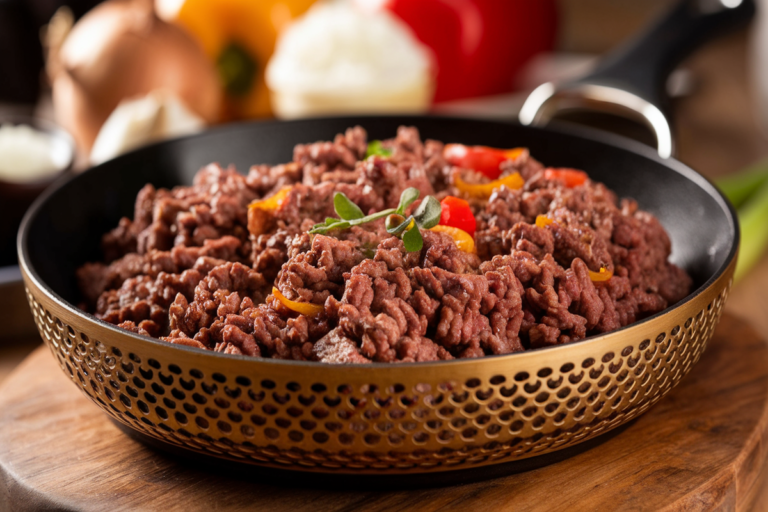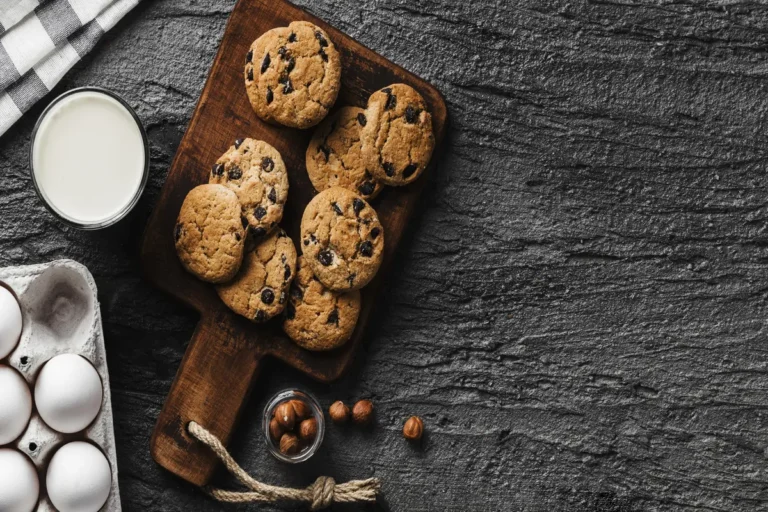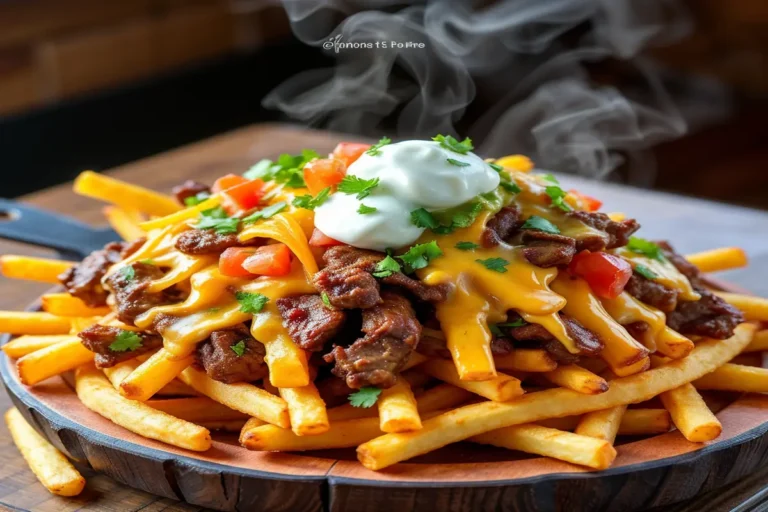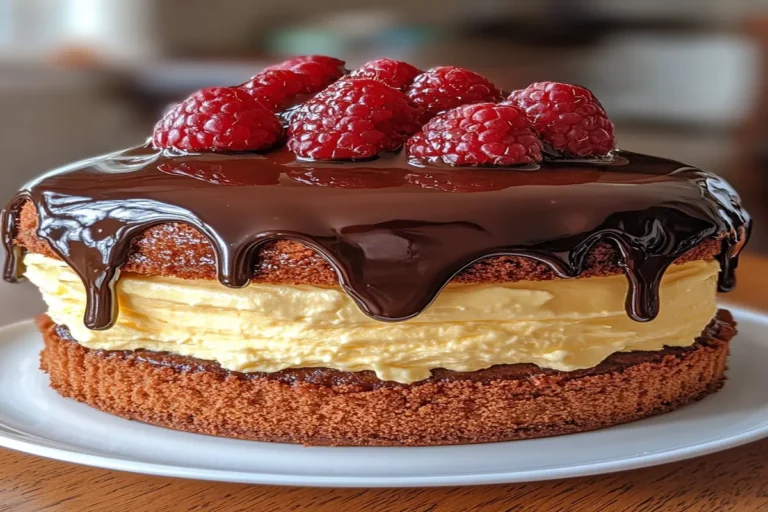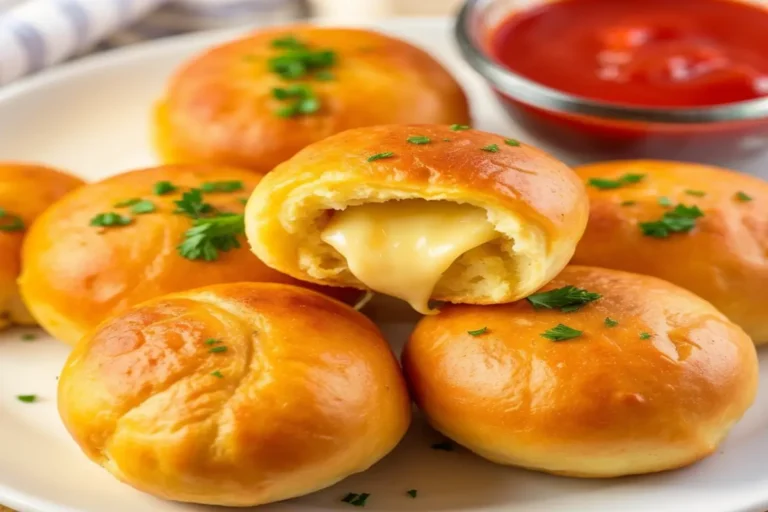What is the secret to a good cookie?: Secrets to Consistently Delicious Results
Cookies are a universally loved treat, cherished for their delightful textures and rich flavors. However, achieving the perfect cookie is an art that requires more than just following a recipe. In this article, we’ll explore the secrets to baking perfect cookies, covering everything from ingredient selection to baking techniques. By understanding these principles, you’ll be able to bake cookies that are consistently delicious.
Part 1: Understanding the Basics of Baking Perfect Cookies
Introduction: The Universal Appeal of Perfect Cookies
Cookies are more than just a dessert; they are a symbol of comfort and nostalgia. Whether you’re biting into a chewy chocolate chip cookie or savoring a crisp butter cookie, the experience is often tied to fond memories. But what exactly makes a cookie “perfect”? Let’s dive into the foundational elements of cookie baking.
The Essential Ingredients for Perfect Cookie Baking
Each ingredient in a cookie recipe plays a specific role in determining the final texture and flavor. Understanding these roles is crucial to mastering cookie baking.
- Flour: The backbone of any cookie, flour provides structure. Depending on the type, it can affect the chewiness or crispness of the cookie. For instance, all-purpose flour is commonly used, but substituting it with cake flour can yield a softer texture.
- Sugar: The type of sugar used influences not only the sweetness but also the texture. Granulated sugar creates a crispier cookie, while brown sugar adds moisture, resulting in a chewier texture.
- Butter: The fat content in butter affects both flavor and texture. European butter, which has a higher fat content, can enhance the richness of your cookies.
- Eggs: Eggs bind the ingredients together and contribute to the cookie’s texture. Room temperature eggs are essential for proper emulsification with the butter and sugar.
- Leavening Agents: Baking soda and baking powder help cookies rise and become airy. The choice between the two depends on the desired outcome of your cookies.
Choosing the Right Equipment for Cookie Baking Success
Your choice of baking equipment can make or break your efforts in baking perfect cookies.
- Baking Sheets: Light-colored baking sheets reflect heat, leading to evenly baked cookies, while dark-colored sheets absorb more heat, which can cause the bottoms to burn.
- Mixing Tools: A stand mixer is ideal for thorough mixing, especially when creaming butter and sugar. However, a hand mixer or even manual mixing can be effective if done correctly.
- Measuring Tools: Accurate measurements are key to consistent results. Investing in a kitchen scale can help ensure that your ingredients are measured precisely.
Prepping Your Ingredients for Perfect Cookies Every Time
Properly preparing your ingredients before starting the baking process is a crucial step that many overlook.
- Measuring Flour: Measuring by weight (in grams) is more accurate than using cups. For example, 130 grams of flour is generally equivalent to one cup, but the actual weight can vary depending on how the flour is packed.
- Butter Temperature: Butter should be softened to the right consistency, which usually takes about 15 minutes at room temperature. This ensures that it creams properly with the sugar, creating the ideal texture for your cookies.
- Room Temperature Ingredients: Bringing eggs and other refrigerated ingredients to room temperature before mixing helps them blend more smoothly, resulting in a more consistent dough.
Part 2: Advanced Techniques for Baking Perfect Cookies
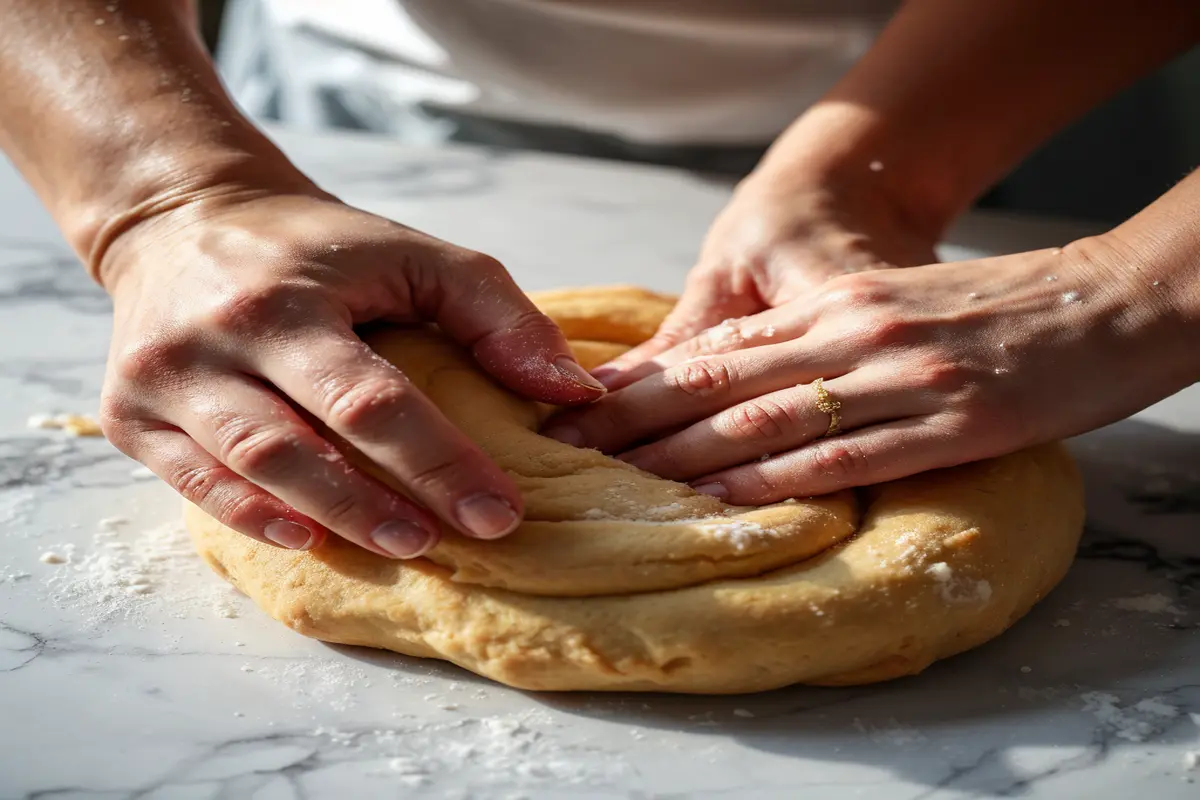
The Art of Mixing: Achieving the Perfect Cookie Dough
Mixing is more than just combining ingredients. The way you mix your dough can significantly impact the final texture of your cookies.
- Creaming Butter and Sugar: This step is crucial for incorporating air into the dough, which affects the cookie’s texture. Overmixing can lead to dense cookies, while undermixing can result in flat, greasy cookies.
- Mixing Dry and Wet Ingredients: When combining dry and wet ingredients, it’s important to mix just until the flour is incorporated to avoid overdeveloping the gluten, which can make cookies tough.
- Chilling the Dough: Chilling the dough before baking can help control spreading and enhance the flavors. Some cookies benefit from being chilled for at least 30 minutes, while others may need to rest overnight.
Baking Perfect Cookies: Timing and Temperature Tips
The way you bake your cookies is as important as the ingredients you use.
- Preheating the Oven: Always preheat your oven to ensure it’s at the right temperature when your cookies go in. This helps them bake evenly.
- Baking Time: The size and thickness of your cookies will dictate how long they need to bake. For instance, smaller cookies may only need 8-10 minutes, while larger, thicker cookies could take up to 15 minutes.
- Rotating Pans: Some bakers believe rotating pans halfway through baking helps cookies bake evenly. However, opening the oven door can cause the temperature to drop, which may affect the final outcome.
Cooling and Storing Perfect Cookies for Maximum Freshness
Proper cooling and storage techniques are essential for maintaining the texture and flavor of your cookies.
- Cooling Racks: Letting cookies cool on a rack instead of the baking sheet prevents them from becoming soggy. A cooling rack allows air to circulate around the cookies, ensuring they cool evenly.
- Storage Tips: Store cookies in an airtight container at room temperature to keep them fresh. If you need to store them for longer, consider freezing the dough instead of the baked cookies for better results.
Avoiding Common Cookie Baking Mistakes
Even experienced bakers can make mistakes. Here are some common pitfalls and how to avoid them.
- Overmixing Dough: Overmixing can lead to tough cookies. Mix just until the ingredients are combined.
- Improper Measuring: Too much or too little of an ingredient can ruin your cookies. Always measure carefully, especially when it comes to flour and sugar.
- Burnt Bottoms: Dark baking sheets and improper placement in the oven can cause cookies to burn on the bottom. Use light-colored baking sheets and place them in the center of the oven for best results.
FAQs: Common Questions About Baking Perfect Cookies
- Why do my cookies spread too much?
Spreading can occur if the dough is too warm or if there’s too much butter in the recipe. Chilling the dough before baking can help prevent this. - How can I make my cookies chewier/crispier?
Adjusting the ratio of brown sugar to granulated sugar can change the texture. More brown sugar will make them chewier, while more granulated sugar will make them crispier. - Why are my cookies flat?
Flat cookies can be caused by using butter that’s too soft or by not chilling the dough. Ensure your butter is at the right temperature and chill your dough before baking. - Can I freeze cookie dough?
Yes, freezing cookie dough is a great way to have fresh cookies on demand. Shape the dough into balls before freezing, and bake directly from frozen, adding a few minutes to the baking time.
Conclusion: The Secret to Baking Perfect Cookies
The secret to baking the perfect cookie lies in understanding the role of each ingredient and mastering the techniques that bring them together. By paying attention to the details—from choosing the right ingredients and equipment to properly mixing, baking, and storing your cookies—you can elevate your cookie-baking game to new heights.

